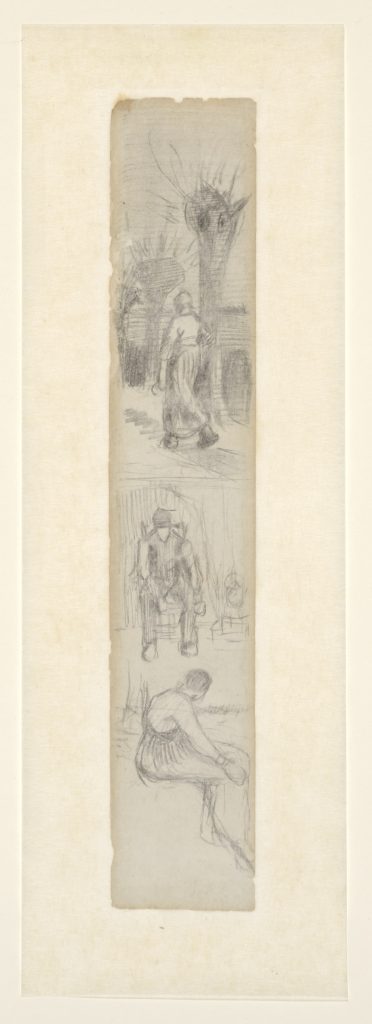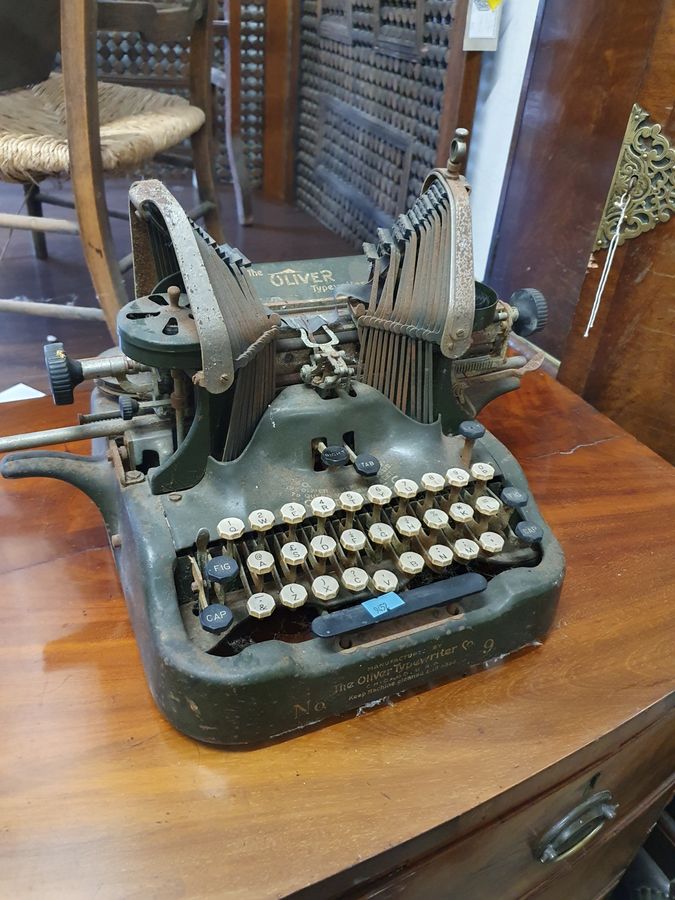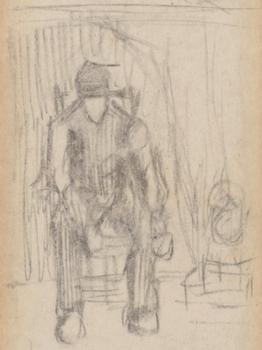Valuable bookmark
Posted by Art net News on 01/07/2021
Researchers Discovered a Bookmark Drawn on by Vincent van Gogh Inside an Old Novel. Now, It’s on View for the First Time
In 1883, Vincent Van Gogh gave a friend a book about French peasants. More than 135 years later, researchers discovered that the novel contained another present, too: a handmade bookmark, featuring a series of early sketches by the Dutch artist.
Made when the artist was still in his late 20s, the three drawings are laid out on a single strip of paper. Each depicts a single figure—perhaps peasants inspired by those in the book.
Now, for the first time, the drawings are on public view in “Here to Stay,” an exhibition at the Van Gogh Museum in Amsterdam that’s comprised of artworks and other artifacts that have entered the institution’s collection over the past decade.
“Relatively very few drawings from Van Gogh’s early period survive, although we know he must have made hundreds,” Teio Meedendorp, a senior researcher at the museum, said in a statement. “Small informal sketches like these—they are really tiny—are even more scarce, and practically limited to letter sketches.”
Meedendorp added that the drawings were likely completed at the end of 1881 when the artist was living in his parents’ village, Etten. The strip, the researcher went on, “gives an idea of Van Gogh’s quick scribbling capacities, and the item as such is a rare tangible witness of his reading habits: a personalized bookmarker.”

Three recently-discovered sketches made by Vincent Van Gogh circa 1881. Courtesy of the Van Gogh Museum.
The drawings were found in a copy of Histoire d’un Paysan, an illustrated novel about the French Revolution told through the perspective of a peasant, according to Martin Bailey, a Van Gogh specialist who first reported the news in The Art Newspaper. Van Gogh gave the book to fellow Dutch artist Anthon van Rappard in 1883.
“I do think you’ll find the Erckmann-Chatrian beautiful,” Van Gogh wrote in a missive to van Rappard that same year, referring to the book’s authors, Emile Erckmann and Alexandre Chatrian.
After van Rappard died in 1892, the book was passed on to his wife. It stayed with her family for generations, until 2019, when it was sold to the Van Gogh Museum.
“The drawings date from the early months of Van Gogh’s serious efforts to become an artist,” Bailey told Artnet News in an email. “They are sketchy and slightly crude works, but are nevertheless highly revealing. They emphasize his interest in depicting the human figure and his interest in the lives of the peasants in the village where his parents were living.”
Shortly after Van Gogh mailed the book, van Rappard visited him in the Dutch town of Nuenen. There, Van Gogh sketched a portrait of his friend—the largest such drawing he’s believed to have made.
However, the duo’s friendship dissolved shortly thereafter, when van Rappard criticized Van Gogh’s 1885 lithograph of The Potato Eaters. Angered by the perceived betrayal, Van Gogh sliced the portrait he had made of van Rappard in half. Today, only the top register of the drawing remains.






